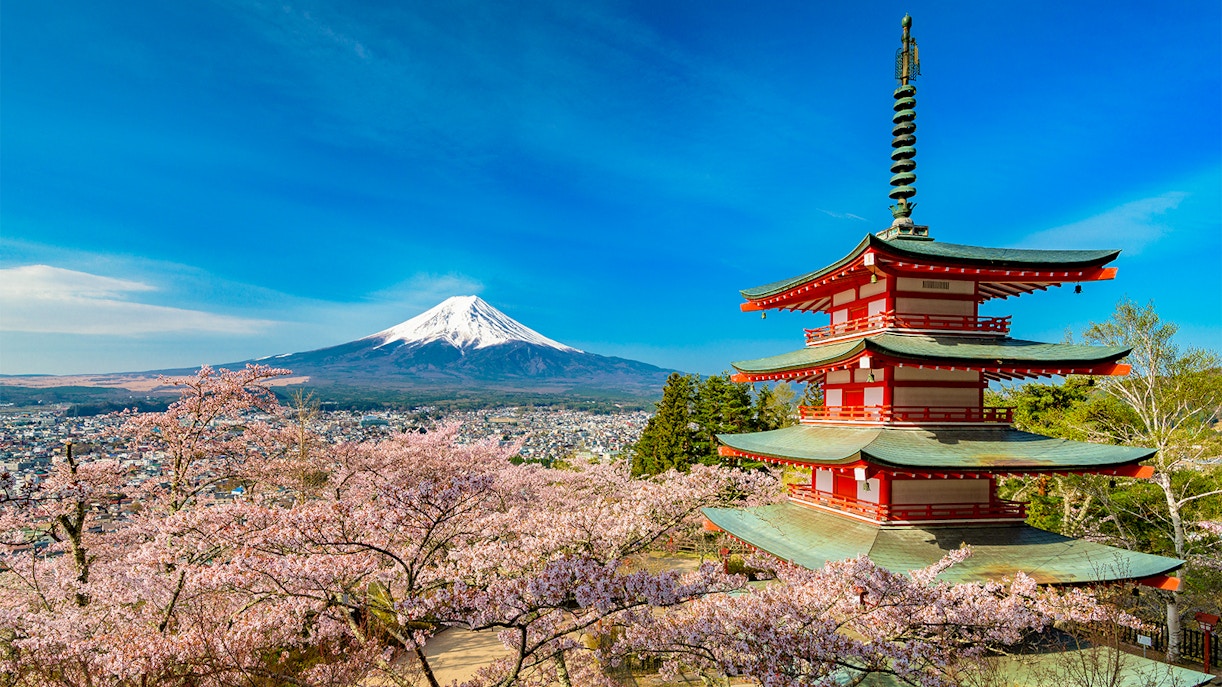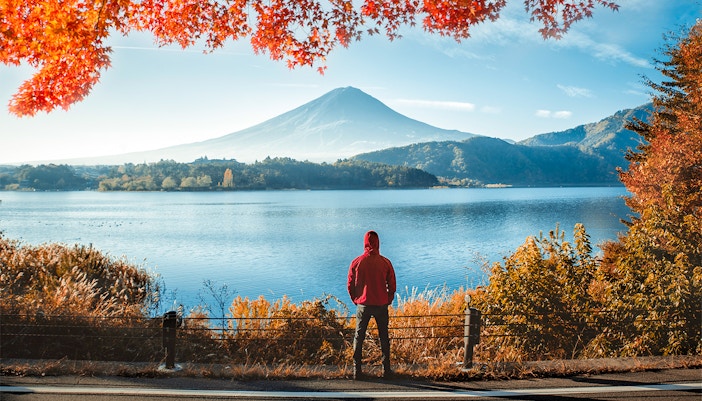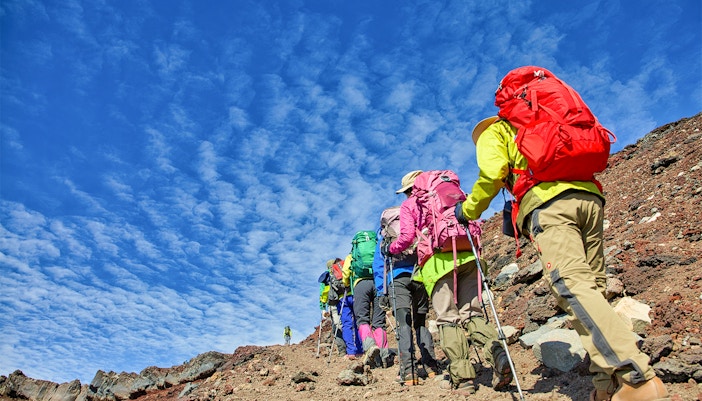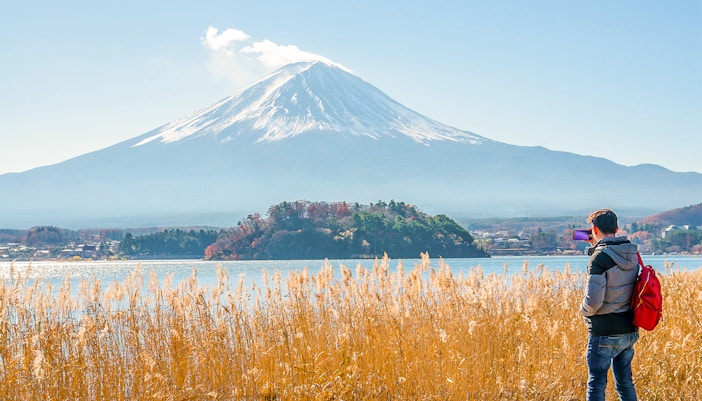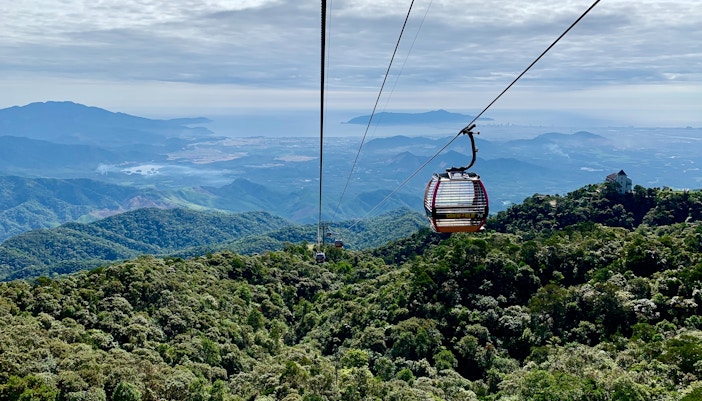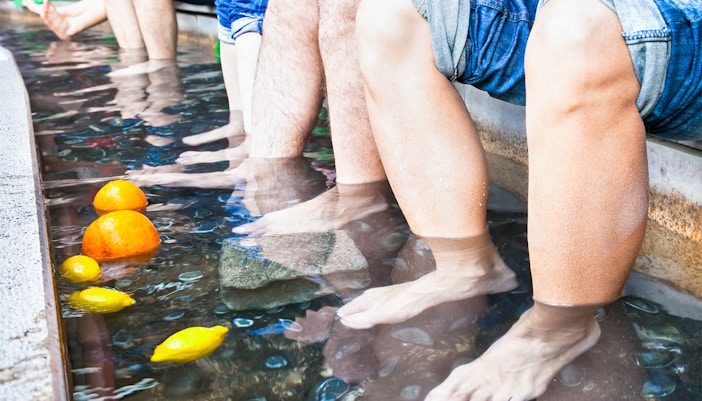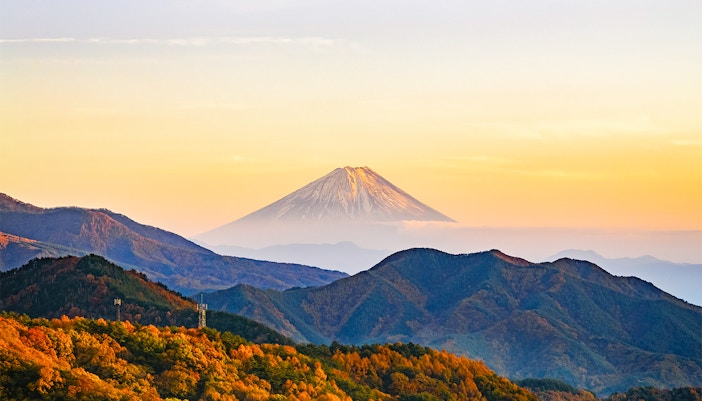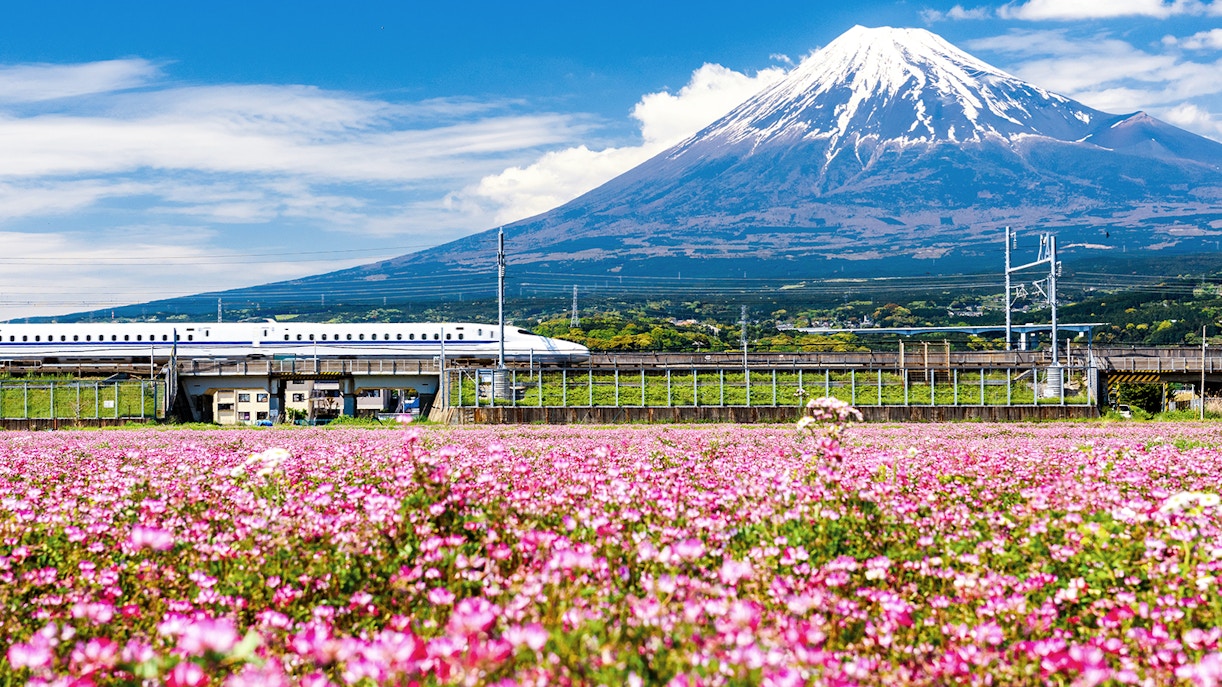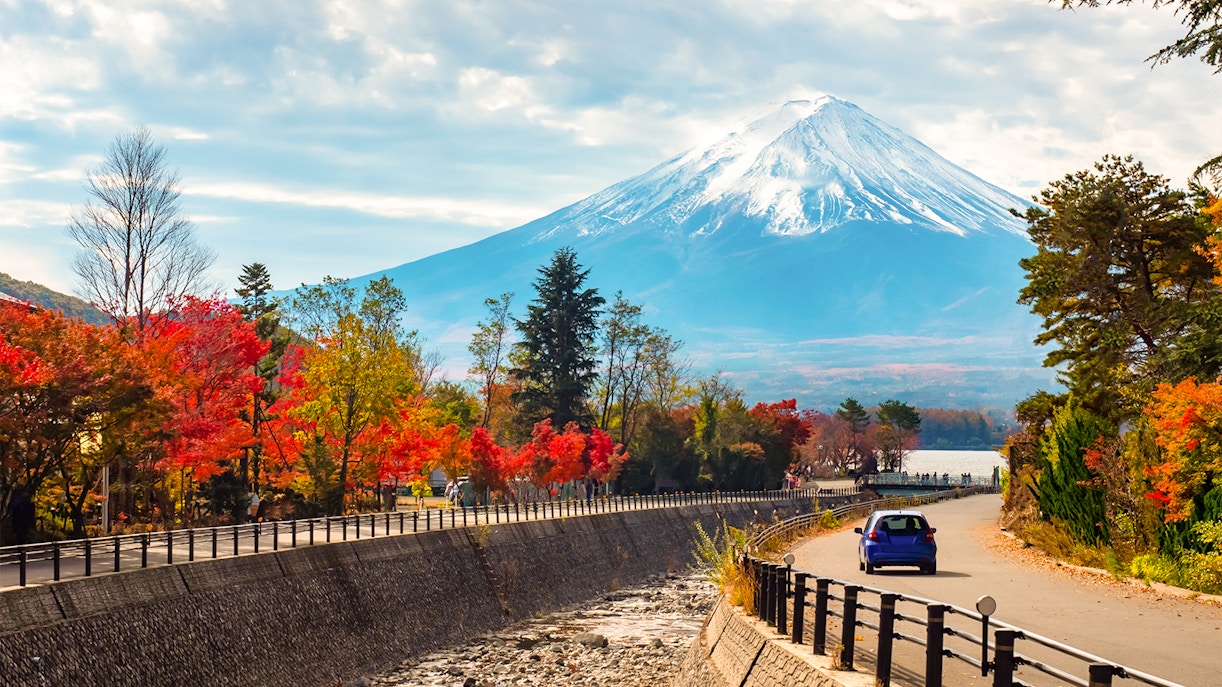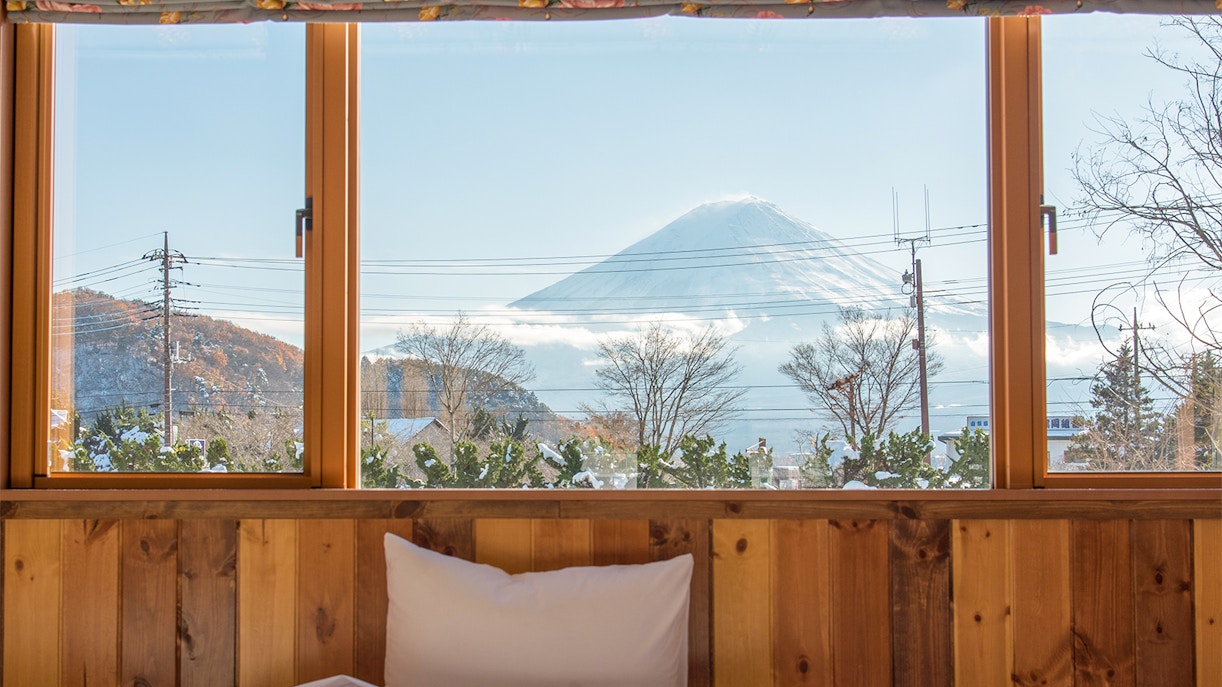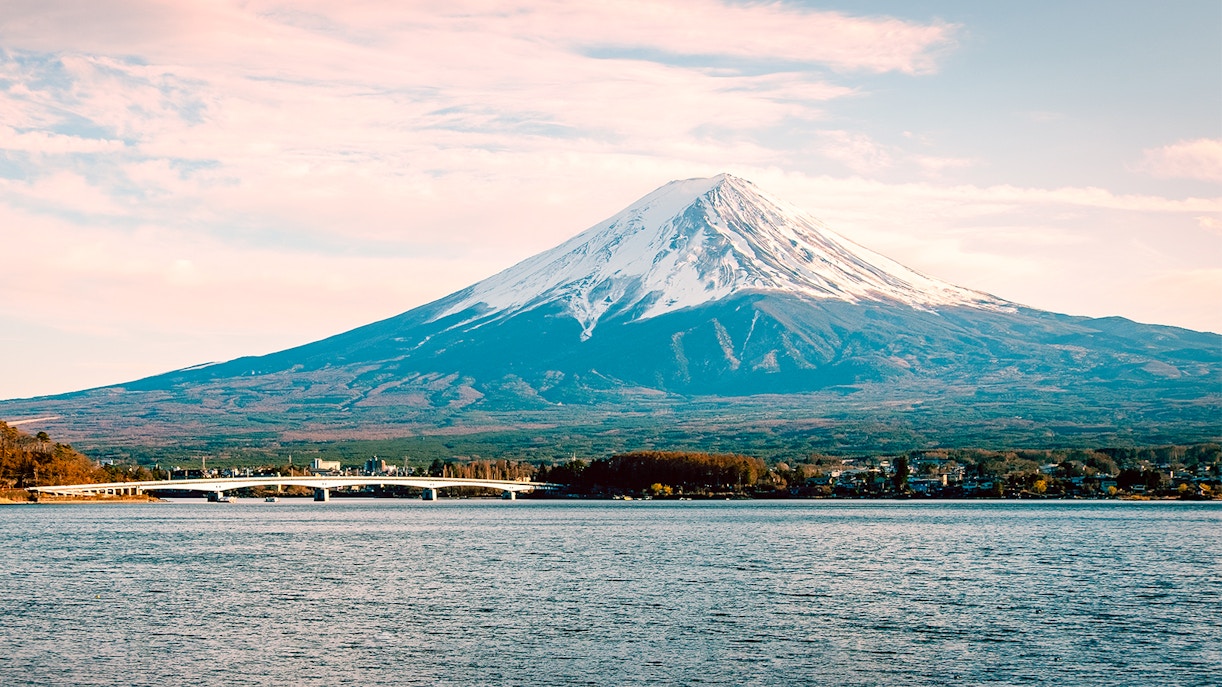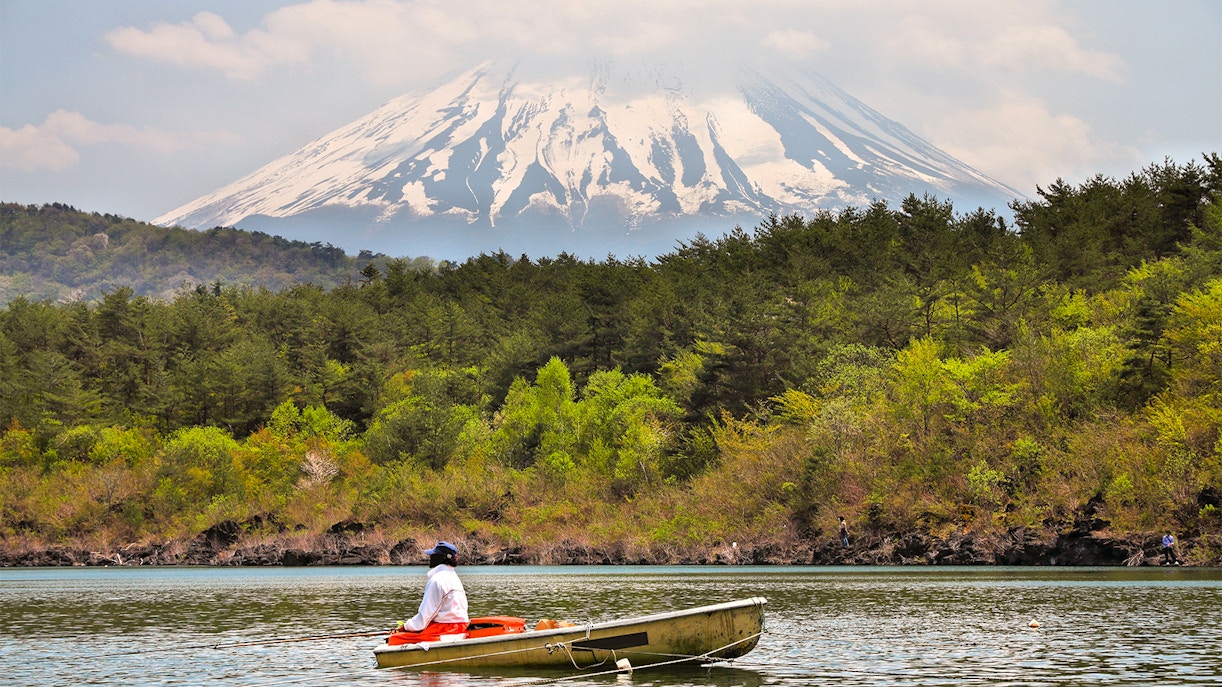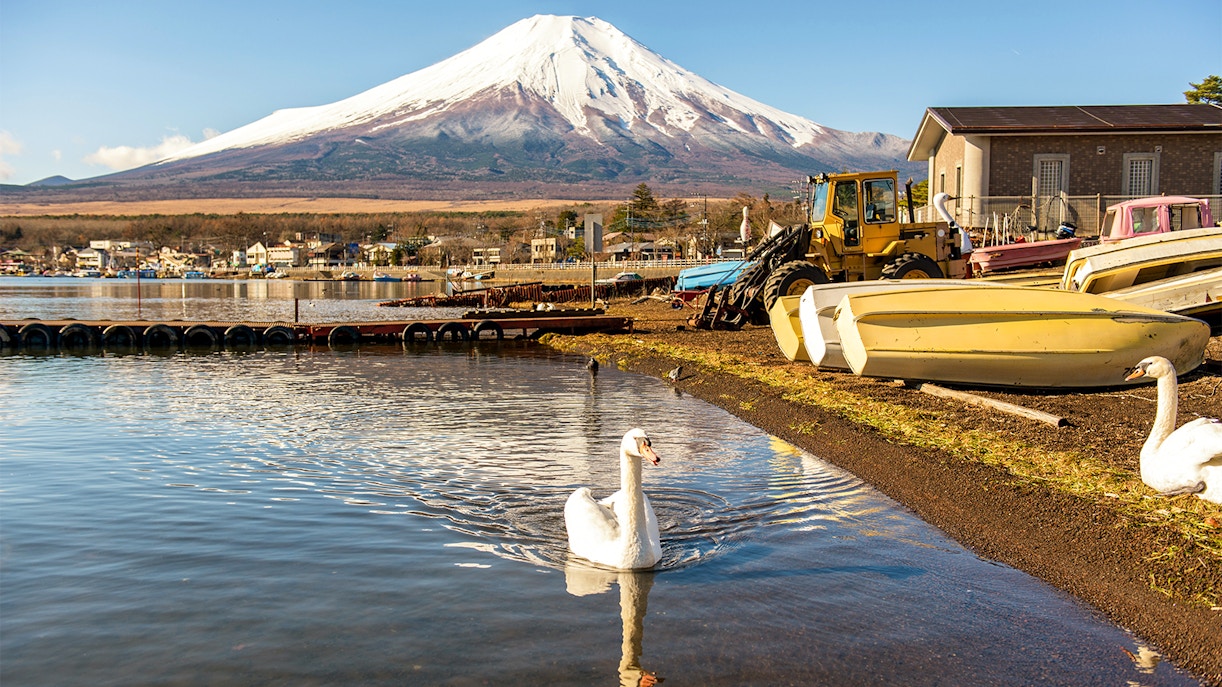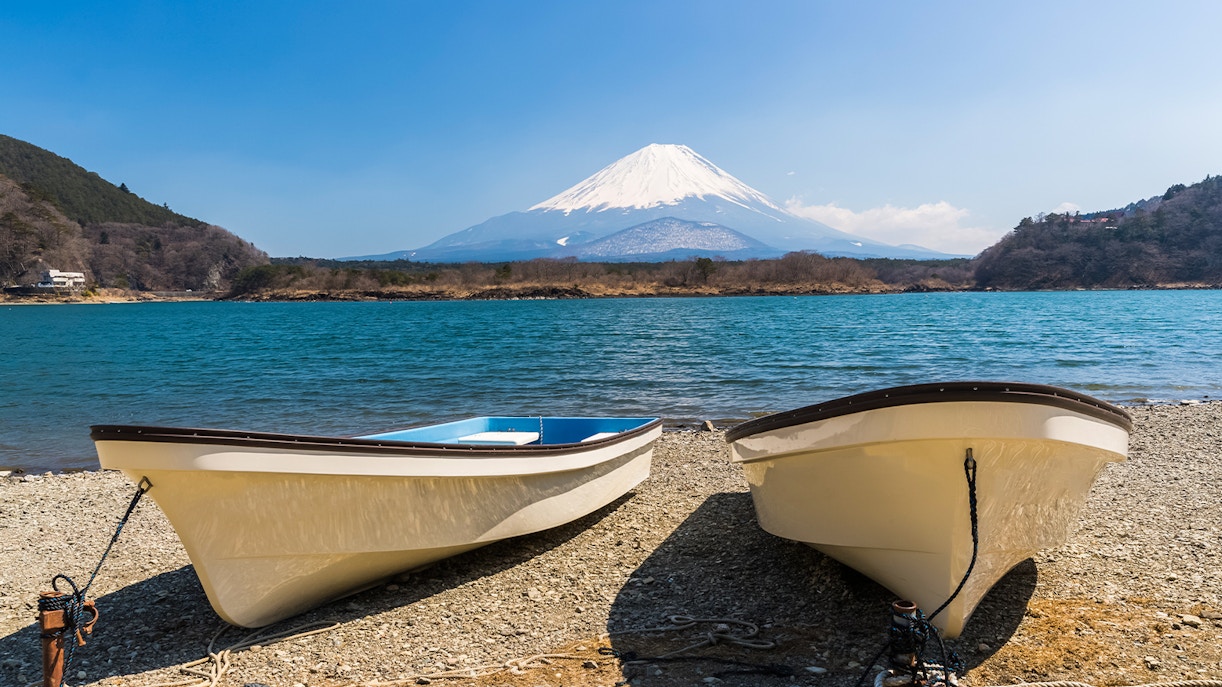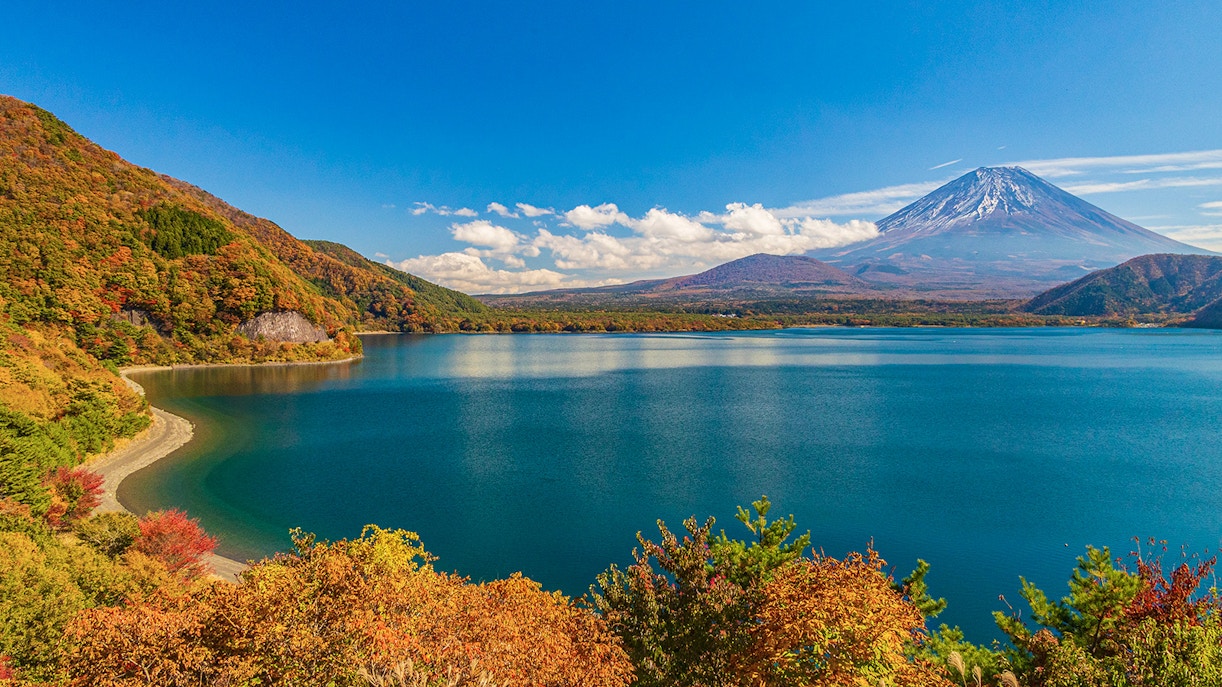History Of Fuji Five Lakes
The Fuji Five Lakes (Fujigoko) region in Japan holds not only breathtaking natural beauty but also a fascinating history that adds depth to its allure.
The Fuji Five Lakes, namely Kawaguchi lake, Yamanaka lake, Lake Saiko, Lake Shoji, and Motosuko lake, are located at the northern foot of Mount Fuji. These lakes owe their existence to past volcanic activities, as they were formed by lava flows from previous eruptions of Mount Fuji thousands of years ago. Let's take a journey into the history of the Fuji Five Lakes, uncovering lesser-known facts, off-the-beaten-path experiences, and intriguing details.
Ancient Origins:
The Fuji Five Lakes region has a rich historical and cultural background. It has been inhabited by humans for centuries, with evidence of settlements dating back to the Jomon period (14,000-300 BCE). This area served as a crucial transportation route between the ancient provinces of Kai (present-day Yamanashi Prefecture) and Suruga (present-day Shizuoka Prefecture).
Sacred Ground:
Mount Fuji and the surrounding lakes have held deep spiritual significance throughout history. Mount Fuji itself is considered a sacred mountain and has been revered as a spiritual site for centuries. The lakes, as well, were seen as sacred and were often visited by ascetic monks seeking enlightenment in their serene surroundings.
Literary Inspiration:
The Fuji Five Lakes region has inspired many renowned poets, writers, and artists throughout the ages. The lakes and Mount Fuji feature prominently in Japanese literature, poetry, and art. Notable figures like Matsuo Basho, the famous haiku poet, and Katsushika Hokusai, the renowned ukiyo-e artist, depicted the beauty of the region in their works.
Off-the-Beaten-Path Experiences:
While the Fuji Five Lakes are well-known tourist destinations, there are also lesser-known attractions and activities to explore. For example, Lake Saiko offers the Aokigahara Forest, known as the Sea of Trees, which presents an eerie yet captivating experience for adventurous visitors. Additionally, Lake Shoji provides a tranquil environment with fewer crowds, perfect for a serene lakeside retreat.
Festivals and Events:
The Fuji Five Lakes region hosts various cultural festivals and events throughout the year. These events showcase local traditions, arts, and cuisine. The Fujikawaguchiko Autumn Leaves Festival, held in October, offers a vibrant display of autumn colors and features fireworks and music performances.
Modern Developments:
In recent years, the Fuji Five Lakes region has seen infrastructure developments to accommodate the increasing number of visitors. Facilities such as museums, hot spring resorts, and hiking trails have been established to enhance the tourist experience while preserving the natural environment.
